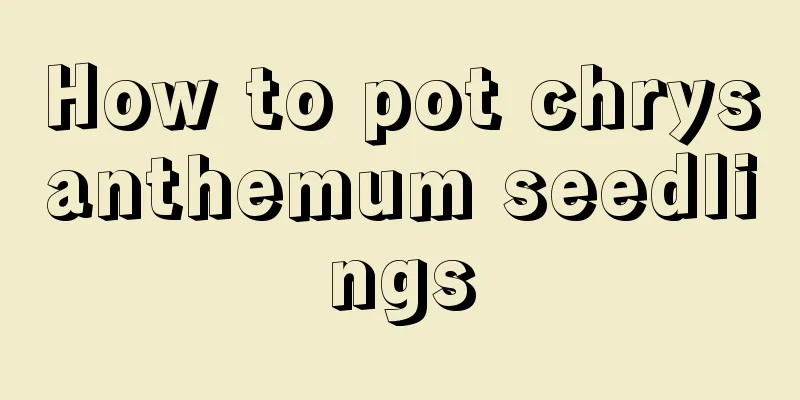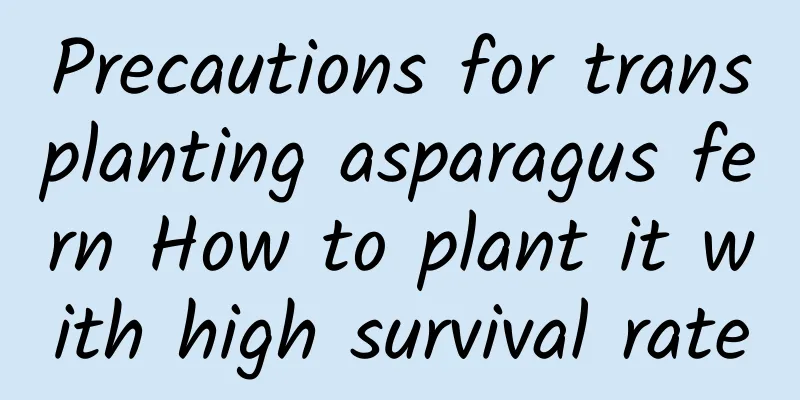How to grow wedding dress spider plant well

1. Maintenance methods1. Temperature: Wedding Chlorophytum likes warmth and can grow normally between 15 and 25 degrees. If the temperature is higher than 30 degrees or lower than 10 degrees, it will not be able to grow normally, so strict temperature control is the most important. It has poor resistance to cold and cannot be exposed to outdoor activities in winter. Be careful of frostbite. 2. Watering: Although the wedding plant prefers a humid environment, there should be no accumulation of water during the watering process, and the frequency of watering should not be too high. Otherwise, the branches and leaves will fall off prematurely. Therefore, in summer, you can water by spraying. After autumn, it is recommended to water once every four to five days. 3. Light: Just receive warm sunlight, which will allow the plant to grow more robustly. The strong sunlight in summer cannot directly shine on it, otherwise the branches and leaves of the plant will become dark yellow and the length of the spider plant will also be affected. 4. Fertilization: Wedding Chlorophytum likes fertilizer, but be careful not to apply too much fertilizer each time. Insist on applying thin fertilizers frequently. At the same time, you must also choose fertilizers suitable for it when fertilizing, so as to maximize the effect of the fertilizer. 2. Breeding techniques1. Reproduction: Cuttings can be carried out at any time. Simply pick off the runners on the plant and choose about ten centimeters to replant. March is the best month for sowing. After sowing, the ambient temperature needs to be kept at around 15 degrees, and the seeds will germinate within about two years. 2. Pruning: The wedding plant is very resistant to pruning, so it needs to be pruned from time to time to ensure a good plant shape and achieve the purpose of viewing. At the same time, cutting off some overly long branches and leaves can promote the growth of other tender branches. 3. Problem diagnosis and treatment1. Diseases: Diseases occur relatively rarely, so as long as you pay attention to normal ventilation, there will be no diseases. 2. Pests: Aphids may occur and can be controlled and eliminated with a diluted DDT solution. IV. Other issues1. Toxicity: It is non-toxic and has medicinal value. 2. Can it be raised at home? Yes, it has a very high ornamental value and is suitable for breeding. |
<<: Cucumber cultivation method
Recommend
Disease prevention and control of peace thyme
Anthracnose of Peace Tree Symptoms Anthracnose ma...
The difference between purple and white onions
1. Color difference The simplest difference betwe...
Is it better to mix bone meal with water and water the flowers or bury it in the soil (how to make bone meal to fertilize flowers)
What are the benefits of using bone meal to water...
When does the purple pearl bloom?
Purple Pearl Flowering Period The leaves of purpl...
The difference between the fortune tree and the lucky tree
1. Appearance There are many different shapes of ...
Common diseases and prevention methods of golden sedge
Diseases of Golden Sedge: Sooty Disease symptom S...
Podocarpus cutting time and method
Podocarpus cutting time The best time for Podocar...
How long is the growing season for summer corn?
How long is the growing season for summer corn? T...
Can fruit trees be transplanted in winter?
1. Is it possible? The temperature is low in wint...
What are the benefits of raising a fortune tree?
1. Benefits of Feng Shui The name of the money tr...
Is Houttuynia cordata poisonous?
Substances contained in Houttuynia cordata Modern...
What is the best fertilizer for green grass?
Green grass fertilization time Green grass needs ...
The efficacy and function of cherries, pictures of cherries
1. The efficacy and function of cherries Anti-ane...
Simple method of growing Phalaenopsis
1. Sphagnum moss is a common medium for growing P...
How to grow snow peas and what to pay attention to
1. Breeding methods 1. Soak the seeds. Before sow...









